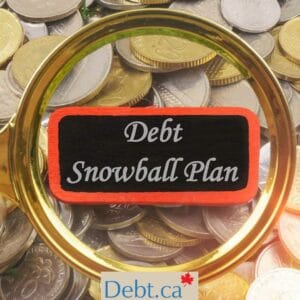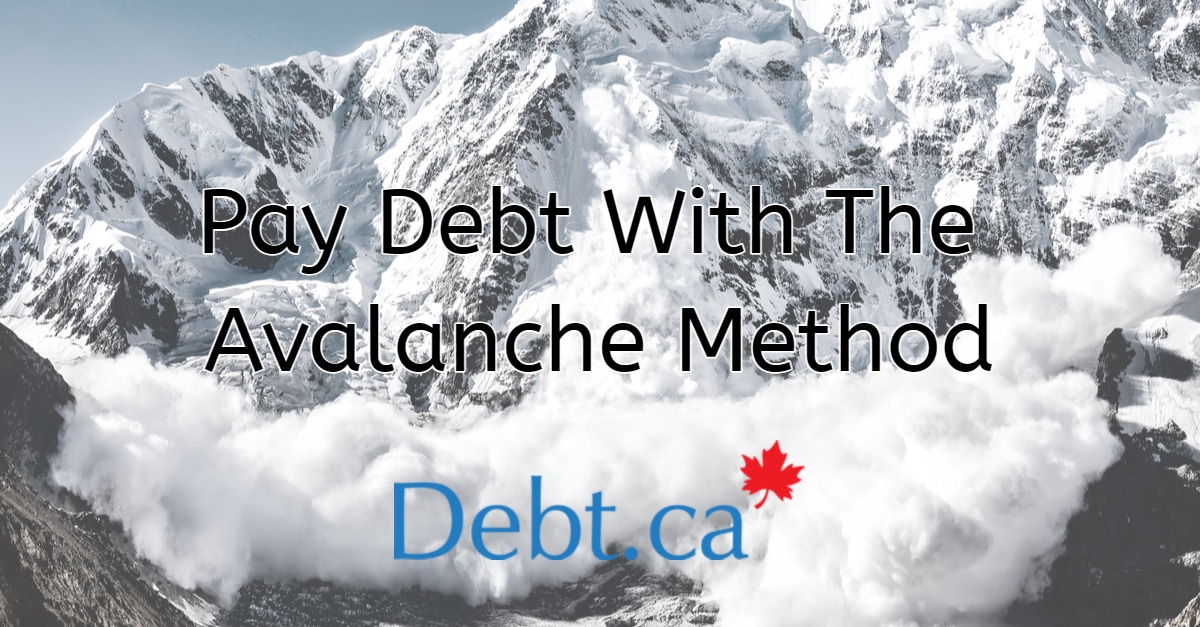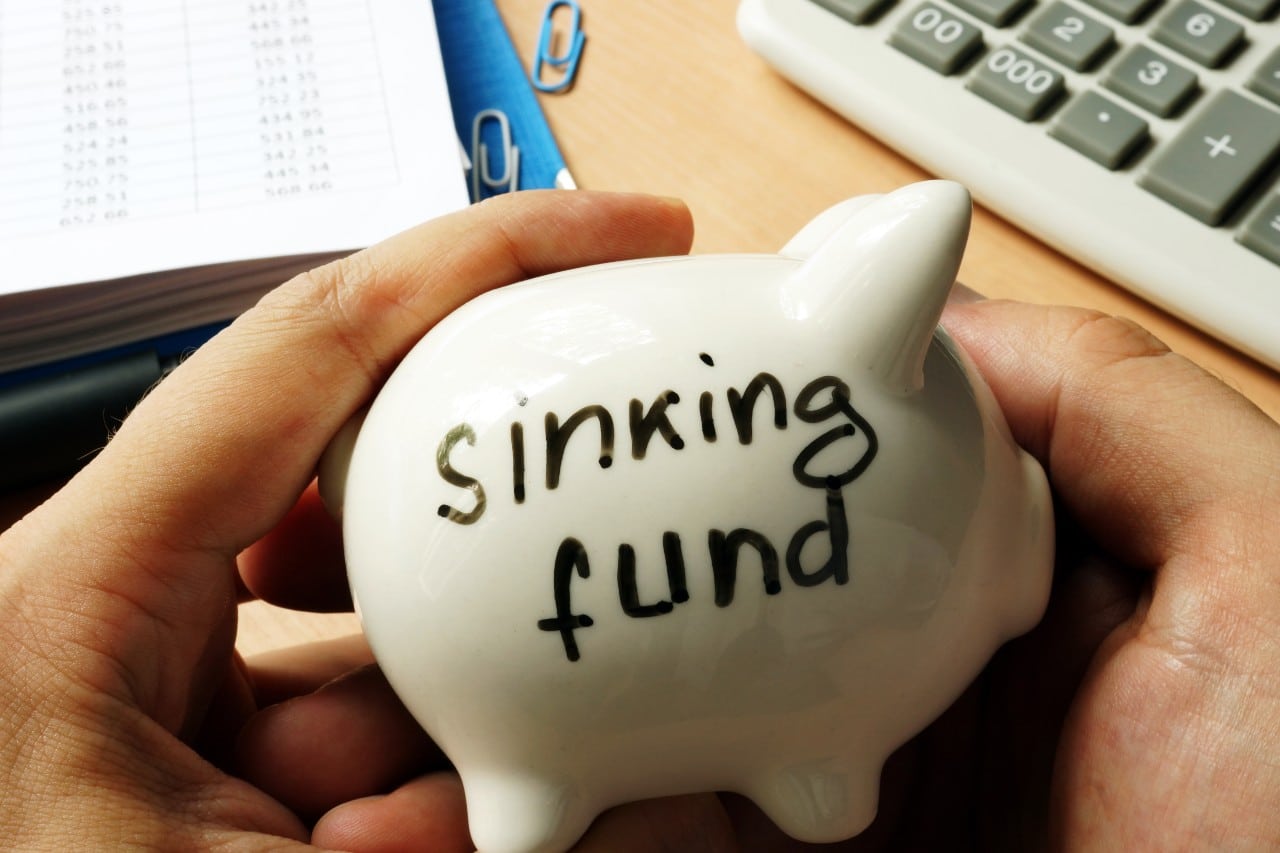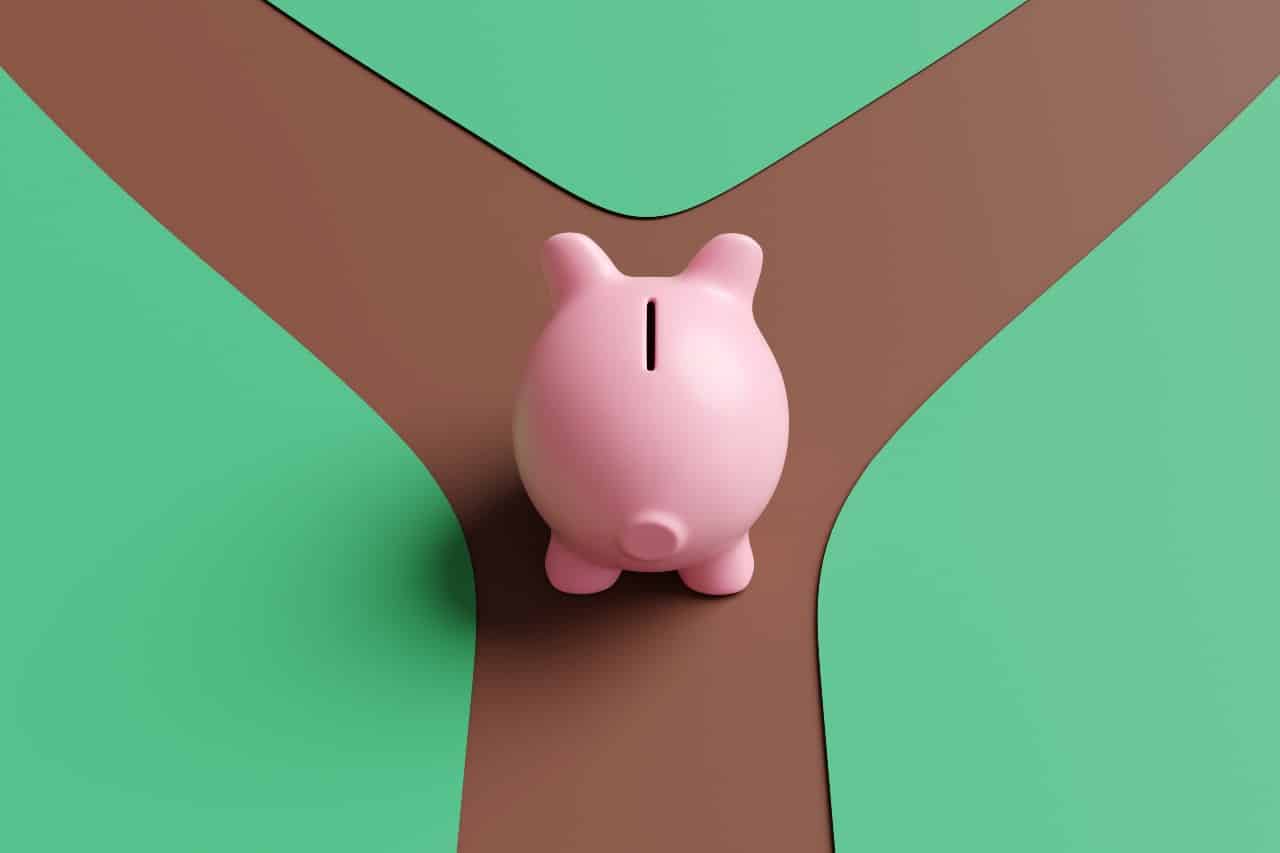Face it, when it comes to debt, no matter how big or small, it can be a major source of anxiety for Canadians. Paying debt off is a priority for most people but many worry about how they will do it. According to the most recent MNP Consumer Debt Index, Canadians are increasingly worried about their ability to repay their debts. With interest rates rising many are finding themselves struggling financially. The MNP Consumer Debt Index finds, one-third of Canadians now say they are unable to cover their monthly bills and debt repayments. Even more concerning, 48 percent say they are $200 or less from not being able to meet their monthly obligations.
If your debt is starting to feel unmanageable, there are a few ways to tackle it to get it paid down as quickly as possible. One is called the debt snowball the other is the avalanche method. Both are highly effective if done right. But both have their own pros and cons.
The Debt Snowball
The debt snowball works by paying the smallest loan off first and working up to the bigger loans. For example, if a person owns $100 on one credit card and $1000 on the other, they would pay the $100 first and make only minimum payments on their other debt. The idea is the momentum built from paying a smaller debt off quickly will carry us through to the ultimate goal of being debt free.
Step 1: List your debts from smallest to largest.
Step 2: Make minimum payments on all your debts except the smallest.
Step 3: Pay as much as possible on your smallest debt.
Step 4: Repeat until each debt is paid in full.
Pros
According to an analysis done in the Journal of Consumer Research and published in the Harvard Business Review, the snowball method is more effective, because these small wins are a bigger motivator than just paying debt down from the most expensive.
Who’s it for?
This debt reduction strategy is great for anyone who gets motivated when they see things getting done rapidly. For example, the debt snowball method may work for someone that always makes a to-do list and feels accomplished when they cross everything off it by the end of the day. It taps into the same emotion we feel finishing that to-do list.
Cons
The major drawback with the debt snowball strategy is you end up making more interest payments than needed. However, according to Ramsay, the debt snowball works because it is about behaviour modification, not math. The debt snowball keeps you motivated to stay on task because you see progress. There are other debt reduction strategies that will get you debt free sooner with the same amount of money. That’s because the overall interest payments are less.
The Avalanche Method
The classic advice when paying down debt has been to start with the highest interest debt and work your way down while making minimum payments on all your other debt obligations. This is often referred to as the avalanche method. This method works by listing debt from most expensive (highest interest rate) to the least expensive (lowest interest rate.) In most cases, this means credit card debt is paid first, then followed by a line of credit and then a mortgage. If you also have overdue utility bills that are costing the most, pay those first.
Step 1: List your debts from highest to lowest interest.
Step 2: Make minimum payments on all your debts except the highest rate.
Step 3: Pay as much as possible on your highest-rate debt.
Step 4: Repeat until each debt is paid in full.
Pros
Your amount of debt is decreasing quickly by tackling what costs the most, rather than how it makes us feel. Your smallest debt is usually the most expensive, like credit card debt, and the largest debt is usually the cheapest, like a mortgage. So, in many cases, it ends up that employing the avalanche method means reaping the benefits of the debt snowball method too.
Cons
It may take longer to see results. Even though it costs less, it may seem like the same number of bills need to be paid, albeit with smaller balances. To stay on top of this, Nerdwallet.com recommends getting organized with a spreadsheet that tracks all the debt, how much interest is being paid and what payments have already been made. This might help keep the momentum going as that one big number comes down quickly.
Keep in mind
Debt repayment for many is overwhelming and getting started can seem impossible. Pick a payment plan that works for you and your personality. When it comes to paying down debt the key is to be consistent and keep up the payments. Most importantly, do not wrack up any more new debt on the side while getting the old debt paid off.










